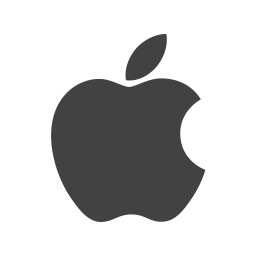iOS release cycle

Introduction to the iOS Release Cycle
History of the iOS Release Cycle
The iOS Release Cycle was first introduced with the release of iOS 5 in June 2011. Since then, the cycle has been developed and updated several times. With the release of iOS 9, developers were able to take advantage of several new features, including detailed app analytics and the ability to push out app updates to users more quickly.
The most recent major update to the iOS Release Cycle came with the release of iOS 13 in September 2019. This update brought several changes to the way developers can use the Release Cycle; most notably, developers can now push out app updates without having to pass through the App Store review process. The update also allows for improved app crash and usage analytics.
Common Uses of the iOS Release Cycle
The primary benefit of the iOS Release Cycle is that it allows developers to ensure their apps have gone through rigorous testing before they are released to the public. By following the steps outlined in the Release Cycle, developers can catch any potential bugs and glitches that may not be apparent in the initial stages of the development process.
The Release Cycle also provides developers with an easy way to push out updates to their existing apps. By using the Release Cycle’s built-in features, developers can easily send out updates with minor bug fixes or new features without needing to submit their apps for another round of review from the App Store.
Code Examples
Below are some examples of code used in the iOS Release Cycle.
Editing Deployment Target
if target.os_version > '13.0'
print("Updating deployment target...")
self.target.set_deployment_target('13.0')
This code sets the deployment target of an application to iOS 13.0. This ensures that the app will support the latest version of iOS when released.
Submitting Version Metadata
print("Submitting version metadata...")
itunesConnect submit(
versionNumber = "1.0.1"
releaseNotes = "Fixed a few minor bugs and added some new features."
appIcon = nil
)
This code submits the version metadata of the app to the App Store. This includes the version number, release notes, and the app icon.
Conclusion
The iOS Release Cycle is an important part of the development process for iOS applications. It allows developers to ensure their apps have gone through rigorous testing and also allows them to push out updates quickly. This article provided an overview of the iOS Release Cycle, its history, common uses, and code examples.